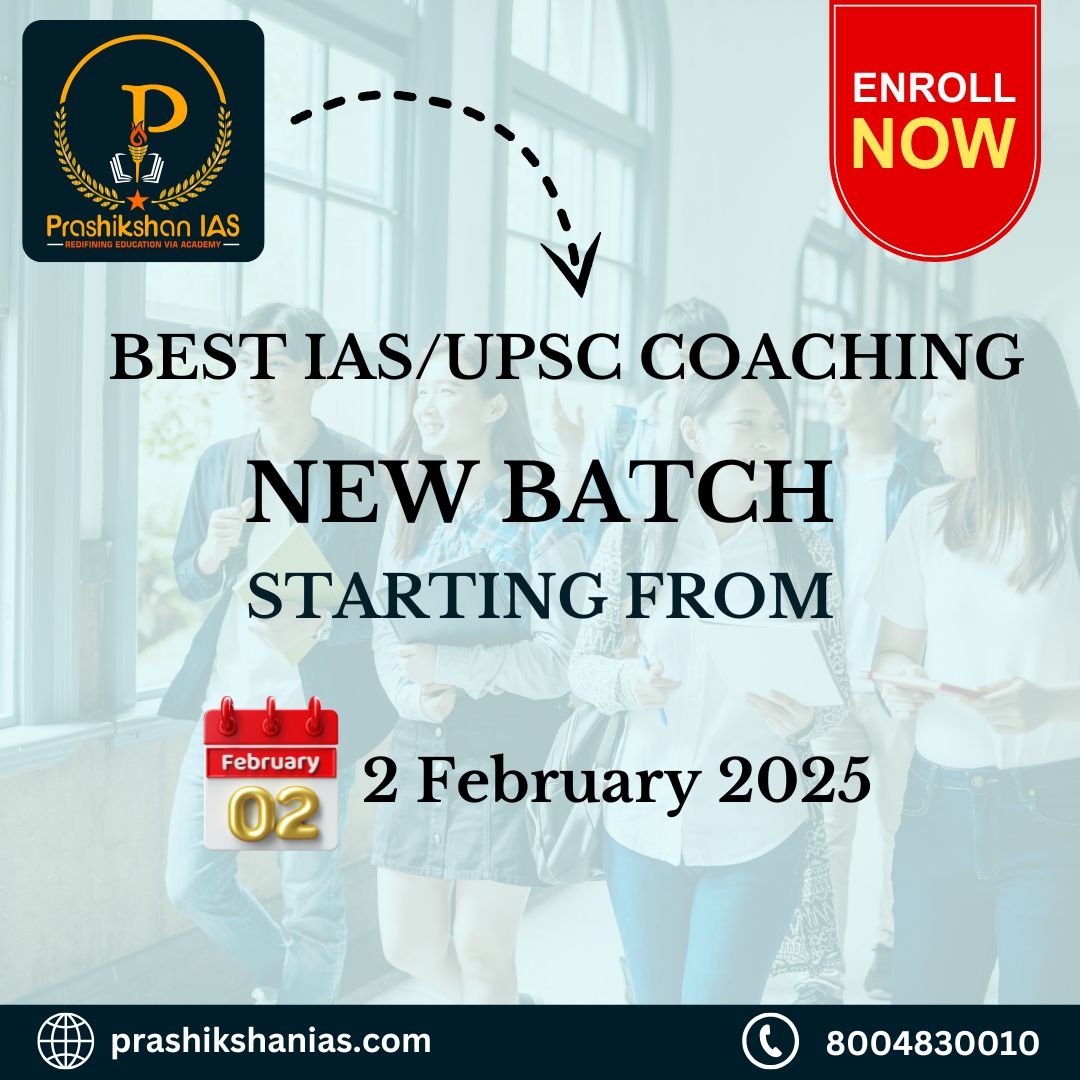Hindi Literature
Optional Subject – Hindi Literature
Hindi Literature ( Paper 1 )
Section A: History of Hindi Language and Nagari Script
1. The grammatical and applied form of Apabhramsa, Avahattha, and early Hindi.
2. Development of Braj and Awadhi as literary languages during the medieval period.
3. Siddha and Nath literature, Khusro, Sant literature, Rahim, and the early form of Khadi Boli in Dakkhini Hindi.
4. Development of Khadi Boli and Nagari script in the 19th century.
5. Standardization of Hindi language and Nagari script.
6. Development of Hindi as the national language during the freedom struggle.
7. Evolution of Hindi as the official language of the Indian Union.
8. Scientific and technical development of the Hindi language.
9. Major dialects of Hindi and their interrelationship.
10. Key features of the Nagari script, attempts at its reform, and the form of standard Hindi.
11. Grammatical structure of standard Hindi.
Section B: History of Hindi Literature
1. Relevance and importance of Hindi literature and the tradition of writing its history.
2. Literary trends of the following four periods of Hindi literature:
(a) Early Period (Adikal): Siddha, Nath, and Raso literature.
Key Poets: Chandbardai, Khusro, Hemchandra, Vidyapati.
(b) Bhakti Period: Sant poetry, Sufi poetry, Krishna Bhakti tradition, and Ram Bhakti tradition.
Key Poets: Kabir, Jayasi, Sur, and Tulsi.
(c) Ritikal: Ritikavya, Ritibaddha poetry, and Ritimukta poetry.
Key Poets: Keshav, Bihari, Padmakar, and Ghananand.
(d) Modern Period:
(i) Renaissance, development of prose, and Bhartēndu era.
Key Writers: Bhartēndu, Bal Krishna Bhatt, and Pratap Narayan Mishra.
(ii) Main trends in modern Hindi poetry: Chhayavad, Pragativad, Prayogvad, Nai Kavita, Navgeet, Contemporary Poetry, and Janvadi Kavita.
Key Poets: Maithili Sharan Gupt, Jaishankar Prasad, Suryakant Tripathi ‘Nirala’, Mahadevi Verma, Ramdhari Singh ‘Dinkar’, Sachidanand Heeranand Vatsyayan ‘Agyeya’, Gajanan Madhav Muktibodh, and Nagarjun.
Prose Literature:
(i) Novels and Realism
(ii) Origin and development of Hindi novels.
Key Novelists: Premchand, Jainendra, Yashpal, Renu, and Bhisham Sahni.
(iii) Origin and development of Hindi short stories.
Key Storytellers: Premchand, Jaishankar Prasad, Sachidanand Heeranand Vatsyayan ‘Agyeya’, Mohan Rakesh, and Krishna Sobti.
Drama and Theatre:
(i) Origin and development of Hindi drama.
Key Dramatists: Bhartēndu, Jaishankar Prasad, Jagdish Chandra Mathur, Ramkumar Verma, Mohan Rakesh.
(ii) Development of Hindi theatre.
Criticism:
(i) Origin and development of Hindi criticism: Theoretical, practical, progressive, psychoanalytical criticism, and New Criticism.
(ii) Key Critics: Ramchandra Shukla, Hazari Prasad Dwivedi, Ram Vilas Sharma, and Nagendra.
Other Forms of Hindi Prose:
Personal essays, sketches, memoirs, travelogues.
Hindi Literature ( Paper 2 )
This paper requires a study of the prescribed texts and questions will be designed to test critical and analytical skills.
Section A: Poetry Literature
Ramcharitmanas (Sundar Kand)
Kavitavali (Uttar Kand)
Section B: Prose Literature
Get in Touch



Frequently Asked Questions
Why should I choose Hindi Literature as an optional subject for competitive exams like the IAS?
Hindi Literature is a scoring subject with a well-defined syllabus. It offers a blend of poetry, prose, and historical perspectives, allowing candidates to showcase analytical and critical thinking. Additionally, it requires minimal resources for preparation and provides an opportunity to dive deep into India’s cultural and literary heritage.
Is Hindi Literature optional suitable for candidates who are not from a Hindi-speaking background?
While a basic understanding of Hindi is necessary, candidates from non-Hindi-speaking backgrounds can excel in this subject with dedicated effort. Familiarity with the Devanagari script and consistent practice of reading and writing Hindi will help overcome challenges.
How is the syllabus for Hindi Literature divided, and what are the key areas to focus on?
The syllabus is divided into two papers:
Paper 1: Focuses on the history of Hindi language and literature, literary trends across different periods (Adikal, Bhakti, Ritikal, Modern), and development of criticism.
Paper 2: Emphasizes critical reading and interpretation of prescribed texts, including poetry, prose, drama, and essays.
What strategies can I follow to score well in Hindi Literature?
Develop a strong understanding of the historical and literary context of various periods.
Analyze and memorize important texts, poems, and their themes.
Practice writing structured and critical answers with appropriate examples.
Use authentic references and commentaries for prescribed texts, like those by Ramchandra Shukla and Hazari Prasad Dwivedi.
Are coaching classes necessary for Hindi Literature, or can it be prepared through self-study?
Coaching classes are not mandatory if you have a strong grasp of Hindi. Many candidates clear the exam with self-study by referring to recommended books, previous years’ question papers, and online resources. However, for those needing guidance, expert coaching or mentorship can streamline preparation.
Talk to a Counselor
Would you like to start a learning with us?
